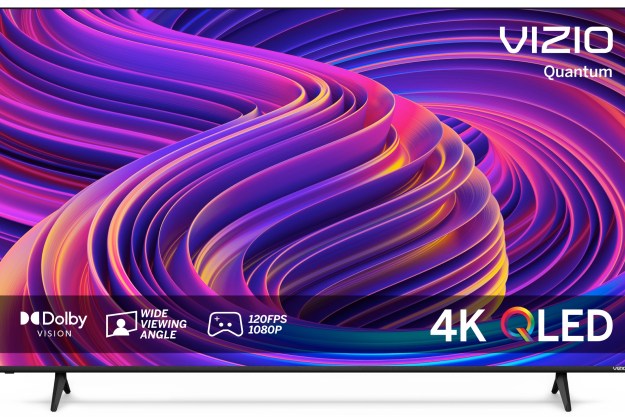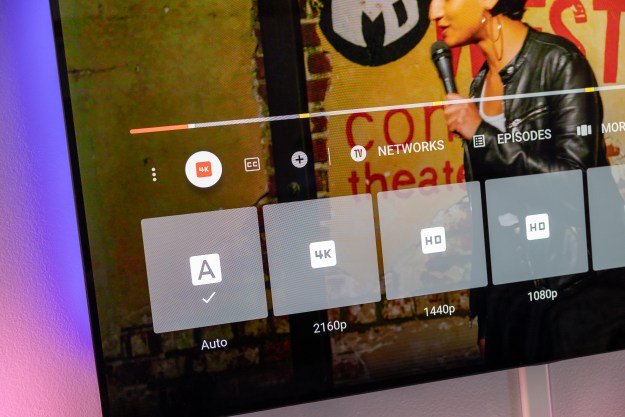TVs are nice, but some home theater enthusiasts looking for a truly massive picture tend to opt for projectors instead. While 4K has become fairly affordable in TVs, 4K projectors are still comparably expensive, even without additional picture enhancements like High Dynamic Range (HDR).
It seems that is set to change, as Epson has unveiled four new projectors that support not just 4K, but 3LCD, 3-chip technology, and HDR as well. That alone is impressive, but it gets even more so when you look at the price tag. The base model in the Home Cinema series, the 5040UB, is priced at $3,000, while its companion, the 5040UBe; and the more advanced Pro Cinema 6040UB and 4040 models all sell for $4,000 or less.
“These new projectors are a breakthrough in projection technology, engineered to handle 4K UHD content for under $3,000,” Epson America senior product manager of projectors Rodrigo Catalan said in a statement. “With HDR support, it’s easier than ever for consumers to enjoy the latest content with high dynamic range to create an amazing cinematic experience.”
In addition to 4K and HDR, the 5040UB and 5040UBe boast 2,500 lumens of brightness and a 1,000,000:1 contrast ratio making for deep blacks and bright colors, with the projectors being capable of displaying the entire sRGB and DCI color spaces. The projectors also feature
The 5040UBe adds wireless connectivity, with the included transmitter connecting to up to four HDMI devices, including one HDMI port with support for MHL, allowing mobile devices to easily connect. This model also features an HDMI output and an optical out for audio. The 5040UB will sell for $3,000, while the 5040UBe will be priced at $3,300.
For those who take their home theater ultra-seriously, the Pro Cinema models offer the same resolution, color gamut, and features found in the Home Cinema series, but with added calibration features for the custom install set, and in the case of the flagship 6040UB model, ISF Certification compliance. According to Catalan, this model “offers a level of performance that challenges any 4K projector currently available on the market.”
Both the 6040UB and 4040 include powered lens position memory, allowing users or installers to set up to 10 positions for motorized zoom and focus adjustment. The 6040UB also features lockable memory modes, preventing accidental misalignments of the lens following installation. The 6040UB will sell for $4,000, while the 4040 is priced at a more affordable $2,700.
All of the models mentioned here will be available beginning in August, with the Home Cinema models available from authorized retailers, and the Pro Cinema available via authorized CEDIA dealers. All these models will be shown at the Epson booth at CE Week starting today and running through June 23.
Editors' Recommendations
- What we want to see from the next Apple TV 4K
- Samsung’s new 98-inch DU9000 4K TV is just $4,000. Can it beat TCL and Hisense?
- Belkin drops a $50 mount for iPhone video calls on Apple TV 4K
- TCL’s giant 115-inch QM89 is the world’s largest 4K mini-LED TV
- What is 4K? Everything you need to know about 4K Ultra HD


